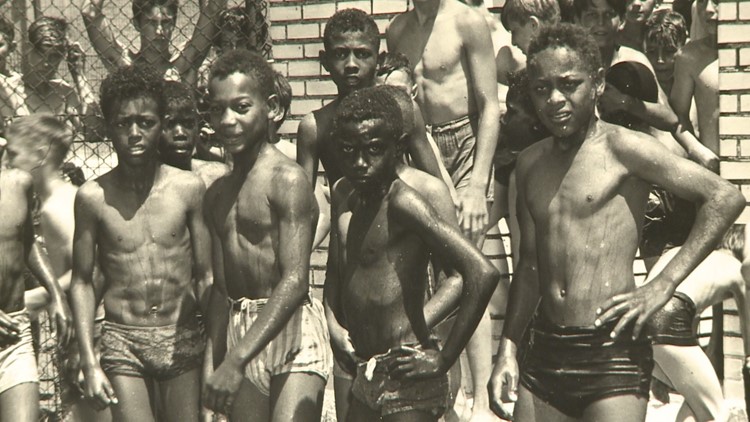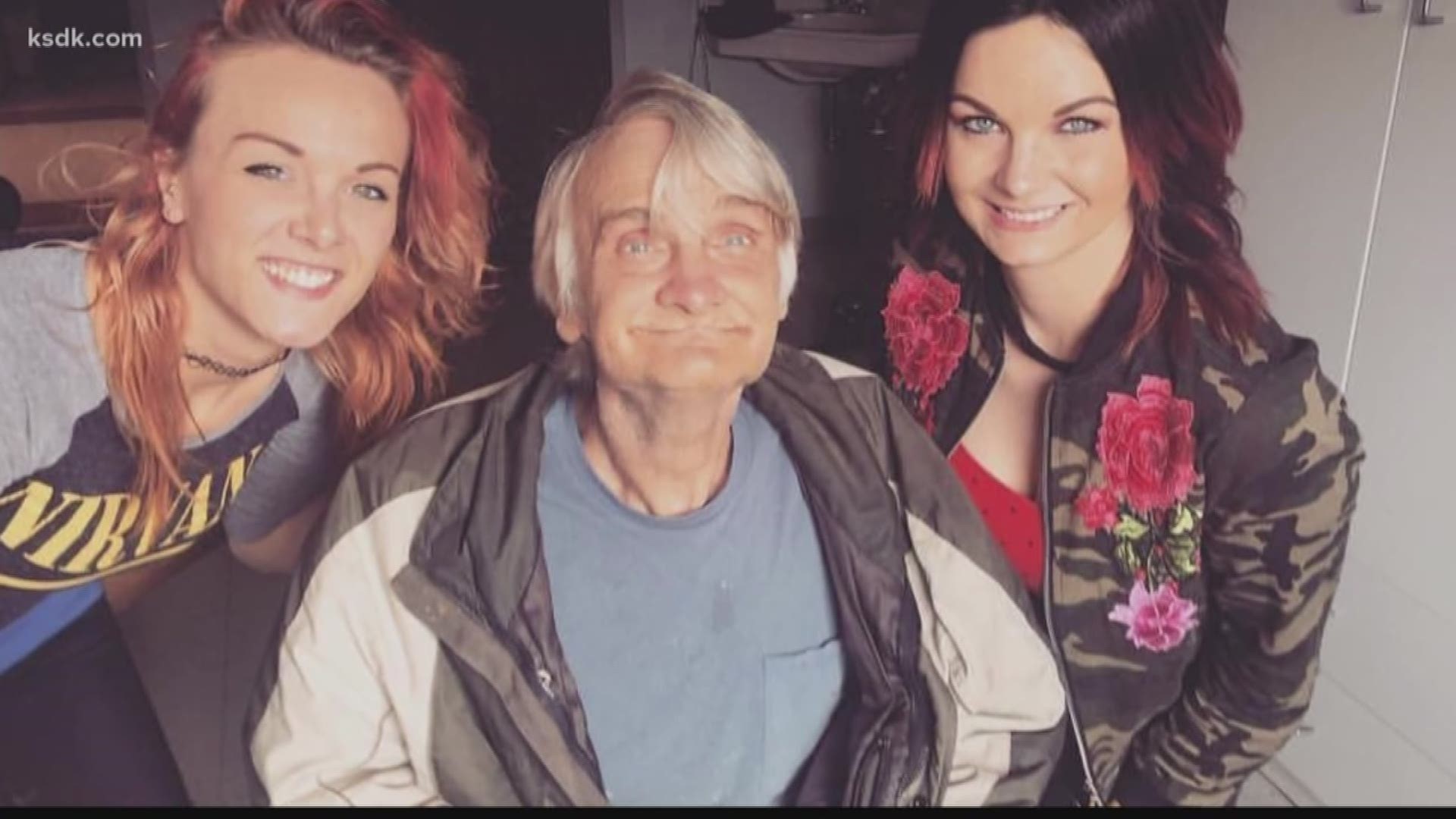ST. LOUIS – Almost 69 years ago, June 21, 1949, all they wanted to do was swim but a race riot erupted at Fairground Park.
Whites reacted violently to blacks who attempted to swim on the first day the pool was integrated.
Historians consider it a pivotal moment in St. Louis’ history, on display at the #1 in Civil Rights exhibit at the Missouri History Museum.
“Two days before in Webster Groves they opened a public swimming pool and denied blacks admission,” said Gwen Moore, curator of the civil rights exhibit. “So, a reporter asked Mr. O’Toole, who was commissioner of parks and recreations ‘are you going to allow blacks to enter the swimming pools on opening day?’ And he said they have a right to enter those pools just like anybody else, but there was no planning, there was no policy.”
Like much of the country in 1949, St. Louis was grappling with segregation and the growing civil rights movement. There were protests about white only lunch counters, segregated schools and department stores. Black kids just wanted to swim.
“St. Louis had two large outdoor swimming pools, both of them reserved for whites,” said Moore. “Blacks had been putting pressure on the city to allow blacks to swim in these pools and legally because it was a public facility.”
When 30 to 40 black youth showed up at the Fairground Park pool, all hell broke loose. White youngsters gathered outside the swimming pool fence shouted threats and obscenities, the prelude to violence.
“Thousands of white people gathered in the park and there were only a handful of black people so you can imagine how terrifying that was,” said Moore. “Not guns, but baseball bats, bricks, pipes and they were attacking blacks with these weapons that they had. Knives, some of them had knives, so yeah, they did have weapons.”
1949 newspaper reports indicate it took more than 400 police and nearly 12 hours to restore order after the racial attack. Less than two weeks after, Life Magazine wrote about the riot, exposing St. Louis’ racial problems to the nation.
“This event attracted national and international attention,” said Moore. “It was the first race riot that actually happened in St. Louis.”
No one died in the riot, but Moore said the event shook St. Louis.
“A lot of historians feel that this was pivotal in St. Louis history, a wake-up call that shook the city fathers out of their complacency. They had to examine their policies. They had to reexamine the way St. Louis operated.” said Moore.
That reexamination didn’t happen immediately. St. Louis Mayor Joseph Darst ordered a return to segregated facilities. NAACP President Robert Witherspoon was among those who fought back, and a year later a federal judge ordered St. Louis swimming pools open to all.
“We had polite racism,” said Moore. “We had ignored the racial problems that we had here in St. Louis, but with the Fairgrounds Park race riot, you couldn’t ignore it anymore.”



